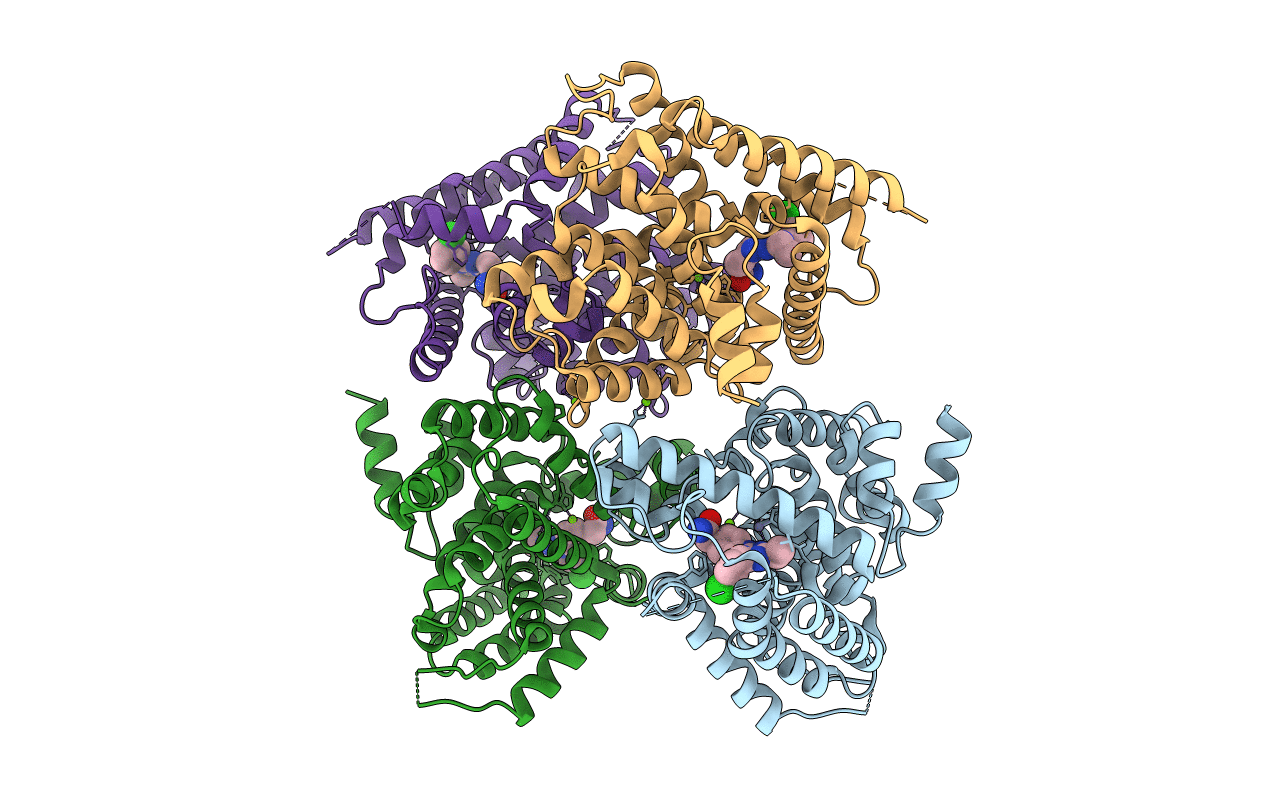
Deposition Date
2019-01-03
Release Date
2019-05-08
Last Version Date
2024-03-13
Entry Detail
PDB ID:
6NJH
Keywords:
Title:
Crystal Structure of the PDE4D Catalytic Domain and UCR2 Regulatory Helix with T-48
Biological Source:
Source Organism:
Homo sapiens (Taxon ID: 9606)
Host Organism:
Method Details:
Experimental Method:
Resolution:
2.15 Å
R-Value Free:
0.21
R-Value Work:
0.17
R-Value Observed:
0.17
Space Group:
P 1 21 1


